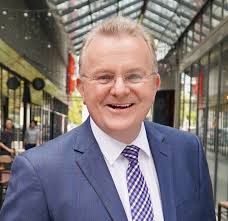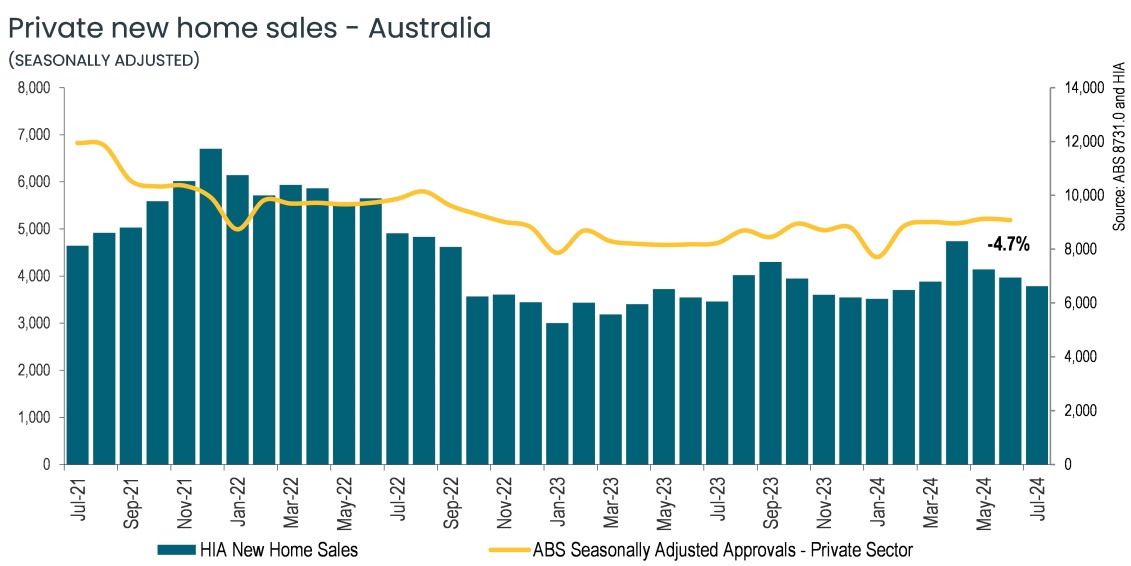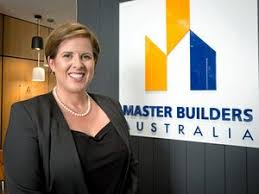THE AUSTRALIAN Small Business and Family Enterprise Ombudsman (ASBFEO), Bruce Billson, has outlined 14 steps designed to give more support to the nation’s 2.5 million small businesses.
“Many of our small and family businesses are doing it tough right now,” Mr Billson said.
“We need to do more to energise enterprise and create and nurture the spark that will inspire someone to turn an idea into investment, to build a business, to take on the risk and big responsibility of creating an opportunity-generating new enterprise, and to employ that extra person.
“We need more incentives for those starting a small business, a simple, quick and cost-effective way for small business owners to settle court disputes, and more emphasis on encouraging younger Australians to consider business ownership,” he said. 
“Small business is rightly celebrated for generating 33 percent of our nation’s Gross Domestic Product (GDP) and providing jobs for 5.36 million people – 42 percent of the private workforce.
“But in 2006, small business contributed 40 percent of GDP and employed 53 per cent of those with a private sector job.
“This is a worrying trajectory. We are sleepwalking into a ‘big corporate’ economy.”
Mr Billson said the latest available data revealed some disturbing facts about the SME ecosystem.
He said 46 percent of small businesses did not make a profit in the most recent year of accounts available.
“Three-quarters of self-employed business owners, for whom their business is their full-time livelihood endeavour, are earning less than the average total weekly, full-time wage,” Mr Billson said.
“Small business owners are getting older, with the average age now 50, up from 45 in 2006.
“Only 8 percent of small business owners are under the age of 30, half what it was in the 1970s.”
The ASBFEO Small Business Pulse, which is a ‘health check’ of objective vital signs for the small business sector while also taking into account the ‘animal spirits’ that drive decision making, shows that the business environment for small business is 25 percent below the long-term average.
“If you believe as I do, that small and family businesses are the ‘engine room of the economy’, we have lost a cylinder in a 4-cylinder engine in the aftermath of COVID,” Mr Billson said.
“We can and must do more to make the risk and reward balance more attractive. We need to create a more supportive ecosystem to give enterprising people the best chance to be successful.”
Mr Billson said the reform priorities had been identified after widespread consultation and investigation.
As a result, the ASBFEO has developed 14 steps that must be taken to energise the sector and they are summarised as Energise Enterprise:
The 14 steps to Energise Enterprise
1. Explore the potential benefits of a tax discount/offset scheme for new small business owners to allow them to keep more of their income to re-invest in their business during the critical first three years.
2. Focus on right-sized regulation, including how regulators and government formulate and administer laws, to help, support and enable small business owners, who do not have the resources of big business, meet their obligations.
3. Require every Cabinet submission, preliminary and formal regulatory impact statement and new policy proposal to include a small business impact statement.
4. Establish the Prime Minister’s Small Business Awards to recognise and celebrate excellence and inspire the next generation.
5. Give small businesses an affordable, effective and timely alternative to defend their own economic interest where fair trading protections and reasonable commercial conduct safeguards are infringed upon by creating a Federal Small Business and Codes List in the Federal Circuit and Family Court of Australia.
6. Give small business a greater chance to compete for government contracts by decoding the rules and practices that favour the ‘in-crowd’ of familiar, established and larger suppliers.
7. Make it mandatory for banks and other providers to charge the lowest fee for tap-and-go, dual-network debit card transactions as the default, saving small business around $1 billion a year.
8. Undertake urgent and decisive action to ensure that essential insurances for small businesses are understandable, accessible and affordable.
9. Ban unfair trading/business practices that distort competition and harm small business.
10. Create a dedicated Small Business Commissioner and Division within the Fair Work Commission to honour the ‘special circumstances’ of smaller employers existing workplace law are required to reflect and to oversee the implementation of proportionate instruments, procedures, practices and protections.
11. Require digital platform providers to implement clear, appropriate and standardised procedures for timely small business dispute resolution.
12. Honour businesses, big and small, who fulfil their workplace obligations to employees, meet tax reporting and payment obligations in a timely way and pay small business suppliers in under 21 days, with a ‘Good Business Pays’ recognition and accreditation.
13. Expand digital learning and practical support via enterprise-specific capacity building and technology deployment and focusing on business system and reg-tech solutions, information management (including cyber resilience, e-invoicing, data management, privacy duties and Consumer Data Right awareness) and practical generative Artificial Intelligence uses.
14. Develop a readily accessible and easily navigable central resource hub of ‘best of breed’ actionable information, supports, ‘how to’ guidance, programs and assistance developed by government and private sector specifically prepared for small and family business use.
The Energising Enterprise report is available at www.asbfeo.gov.au/14-steps
www.asbfeo.gov.au/14-steps


 How to resolve AdBlock issue?
How to resolve AdBlock issue? 




